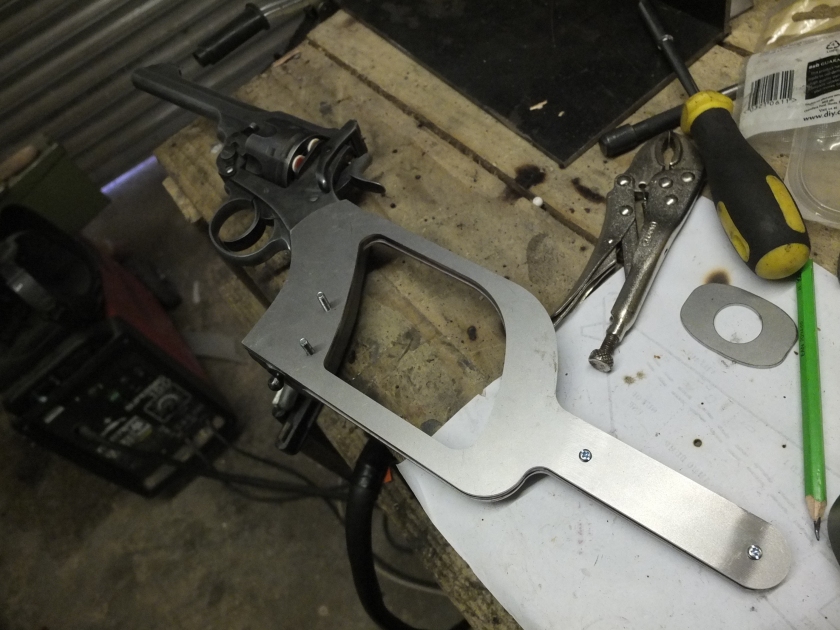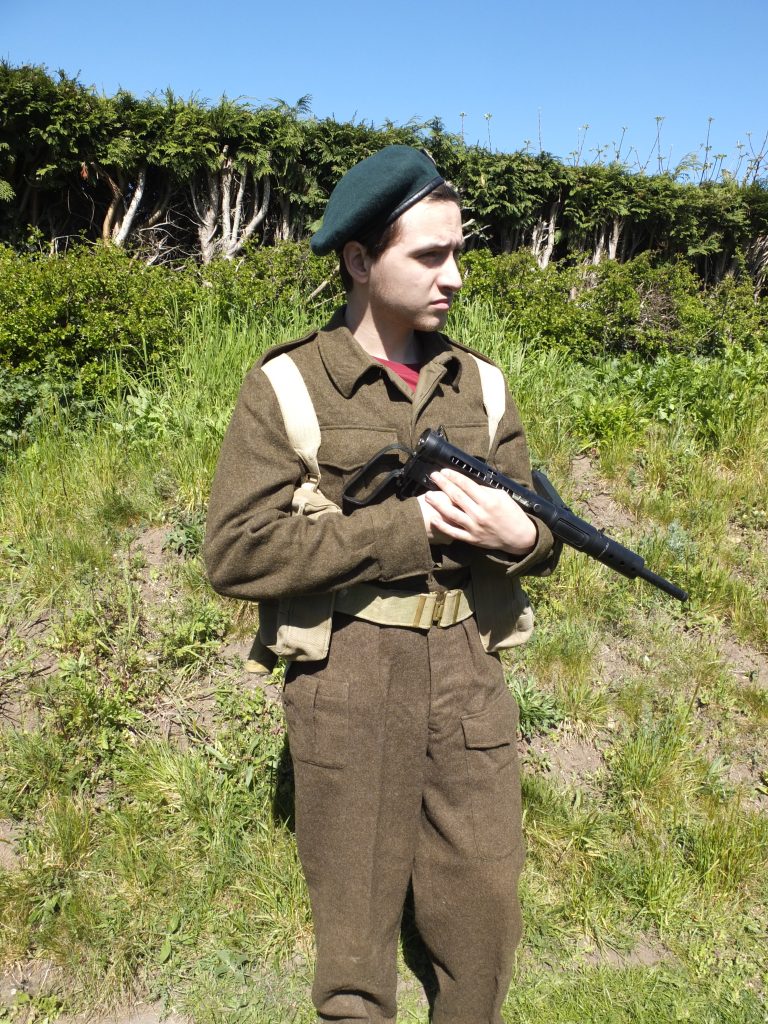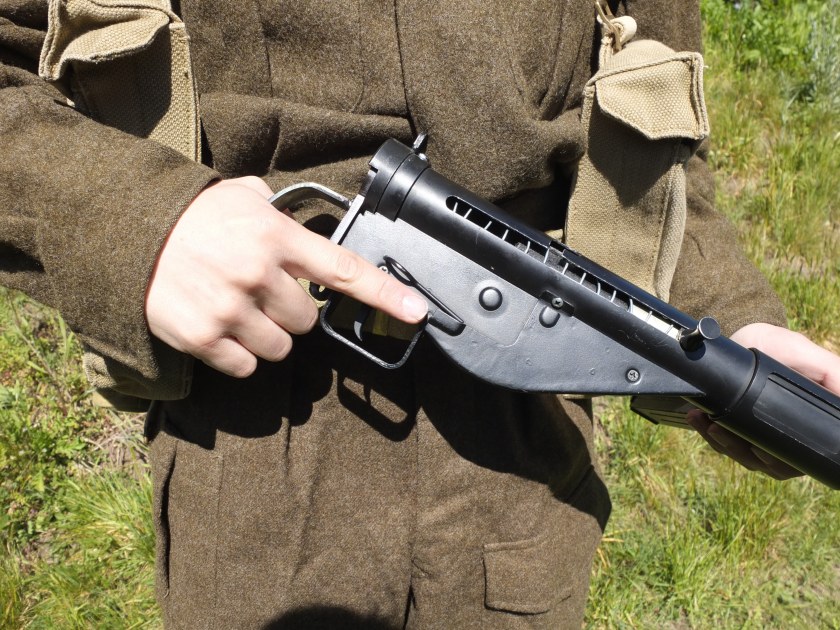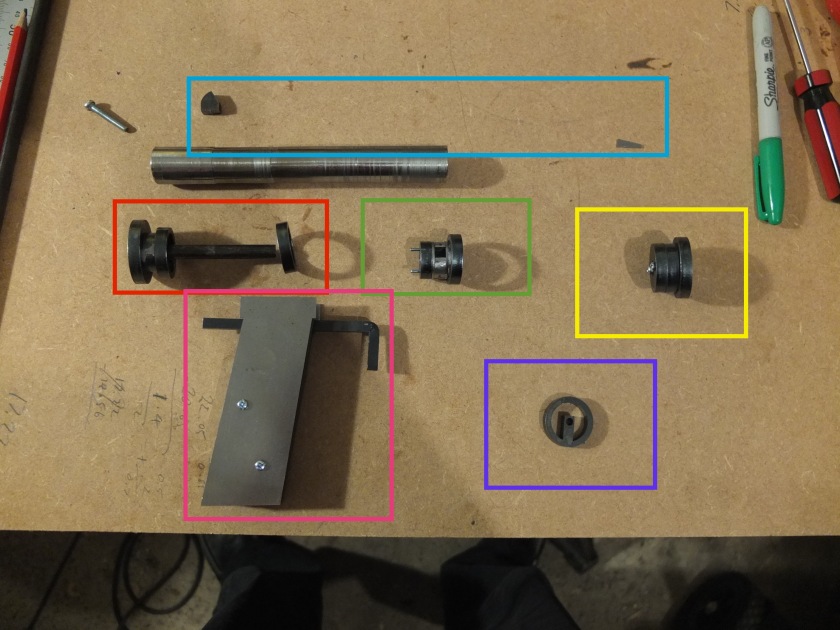Those of you who have been following Vintage Airsoft for a while know that the Webley MkVI is a firm favourite. So far, we’ve made replacement shells, shotgun shells and added a hop unit.
There are still a few accessories to complete however, namely the removable butt stock which allowed the pistol to be used as a carbine and the Pritchard-Greener bayonet. The latter of these are rare, with no recorded use in combat, the former however was common enough.
The practice of producing a butt stock to fit pistols was commonplace among manufacturers from the introduction of revolvers. It allowed the shooter to make the most of a pistol cartridge out to ranges that would be quite difficult to achieve useful accuracy by hand only. A more commonly recognised use of this idea is the Artillery Lugers, issued by Germany to troops not wanting the bulk of a full rifle but needing something easier to use than a pistol. Essentially, this is the fore-runner to what in current Western parlance is called the PDW or Personal Defence Weapon.

Firstly, a digital design to work out what needed to go where. This could then be printed out to check the proportions were correct.

This would then be converted into steel in a batch of laser cuttings.

It is made up of three layers to make the shape without having to perform milling operations. The thickest inner layer (4mm) is chamfered on both sides around most of the length to allow deep penetration of the joining weld.

You can see in the photograph below the two screws full-length protruding from the grip. These run through two corresponding holes drilled in the butt of the pistol itself, which is the only modification required to fit this unit.


These, along with the excess weld can be ground down to a smooth finish. It can then be laid out on the wood for the stock and drawn round, using the screws at the back as reference points. The excess material can then be removed.

Once the parts were all in place, they could be separated and finished. The surface of the metalwork was gone over with a sanding drum for a smooth finish, then slightly oil blued to achieve a similar finish to the original.

The walnut stock itself took a thick coat of danish oil. Several more will be applied before it is complete along with a coat of hardwax oil to give it a tough, wear-resistant finish.
Photos of the finished product to follow!
If this post has inspired you to want a custom gun of your own or has given you a great idea for an accessory, drop us a line on enquiries.vintageairsoft@gmail.com to discuss or get in touch on Facebook!
You can also buy many of our finished products in our Etsy store.











